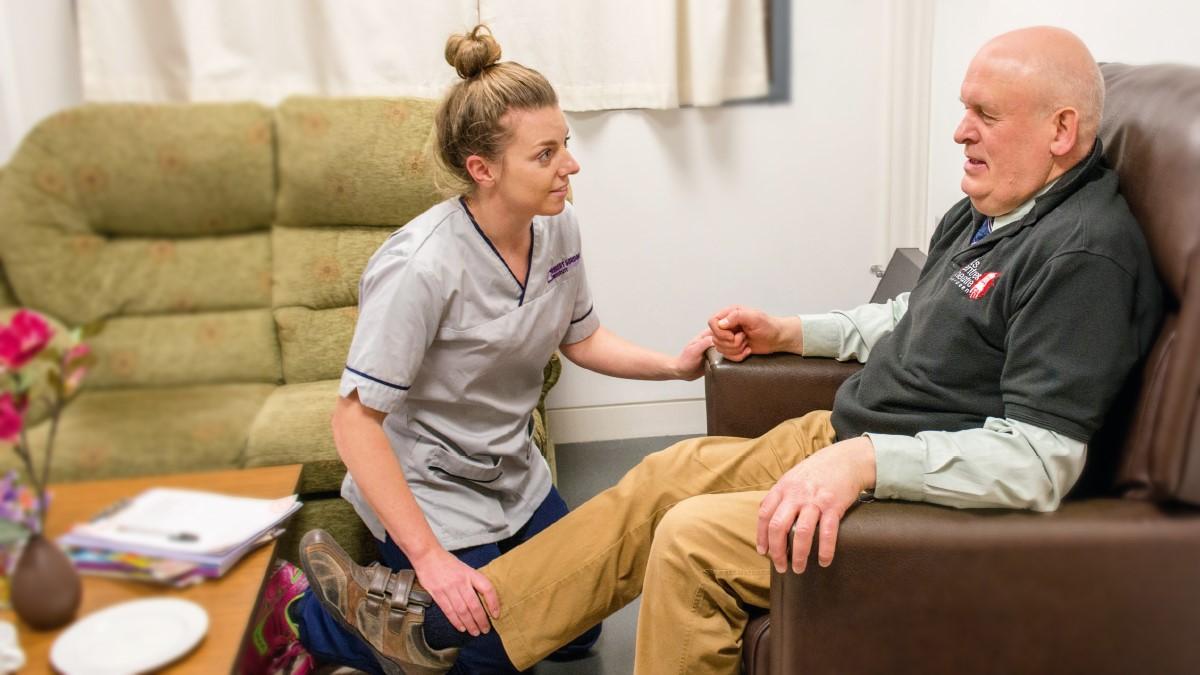Physiotherapist Fiona Roberts, senior lecturer at Robert Gordon University, Aberdeen, describes how simulators are transforming teaching.

The landscape of teaching health and social care subjects has drastically changed over the past few decades. Rapid advances in technology have not only allowed educators to use better equipment, but given rise to entirely new and effective approaches to teaching.
Traditionally, healthcare students would observe demonstrations and develop their professional skills on their peers, before finally going into practice to assess and treat real patients. This long-standing approach of peer practice has its challenges, however, such as the lack of realism, which detracts from the learning experience.
The students acting as patients know what is expected of them and, as a consequence, those practising their skills don’t feel the need to provide the same level of explanation, patient care or attention to detail. This means that when they are faced with a real patient for the first time, it is a scary prospect.
One of the best innovations we have introduced at Robert Gordon University (RGU) is the use of high-fidelity simulation. This features an array of structured activities that represent realistic situations, allowing participants to enhance their knowledge, skills and attitudes in
a safe and simulated environment.
This method has a long history – in aviation, for example – and it is used extensively in medical and nursing education. It enables students to practise practical and softer skills in a very realistic way, either with standardised patients or mannequins. The ability to train this way allows them to learn from their mistakes in a safe way, getting feedback to improve their performance, and meaning that the step up to working with real patients is a less daunting one.
Fantastic patients
In physiotherapy education, many areas use high-fidelity simulation to allow students to experience treating critically ill patients in intensive care. Simulated mannequins make fantastic intensive care patients, particularly when you can scare the living daylights out of the students by making the mannequins cough! Being able to manipulate physiological variables such as heart rate, oxygen saturations and blood pressure in response to the students’ actions, while also making them solve problems such as what has happened, why and what needs doing to fix it, creates a great learning opportunity in a safe environment.
This kind of approach is particularly useful as students generally find the critical care environment rather intimidating and we are able to ease them into it. This is evidenced by seeing the panic on their faces when, during early simulations, they discover the ‘patient’ has oxygen saturations of 70%, for example. The language that can sometimes be heard will raise a few eyebrows.
At RGU, we are also using simulation within our musculoskeletal teaching. Our student feedback is that having to practise their subjective interviewing skills on people acting in certain roles is a great learning tool. As an example, students can be provided with a set of notes, or simply a referral for a patient – a volunteer member of the public, asked to behave in a particular way – and they have to assess the patient, before clinically reasoning what is wrong and performing the appropriate treatments.
I think the most entertaining activity, however, is the community simulation – at least, for the staff observing and the simulated patients! A bit of make-up for a bruise and some fantastic acting from our ‘patients’ and the students learn so much about how to adapt their skills to a patient’s home environment, how their communication skills can impact on how a patient responds, and subsequently how they need to adapt their behaviour, attitude and/or language. Our ‘ejection chair’, for helping patients rise from
a sitting position, has been given some very interesting names by our students – which I’ll leave to your imagination.
We have also undertaken an interdisciplinary ward simulation, with physiotherapy, diagnostic radiography, occupational therapy, dietetics, nursing and pharmacy students. Not only did the students develop their teamwork and prioritisation skills, but the exercise gave everyone involved a greater understanding of each healthcare worker’s roles. It also brought home some great safety messages. One student left a patient’s crutches spread across the ward floor where I accidentally (on purpose) tripped over them. He was horrified that his actions could have such consequences and learnt what could have been a valuable lesson in a safe and supportive environment where nobody was actually hurt.
Ideal stepping-stone
Our students perceive huge benefits from these learning opportunities and we find that high-fidelity simulation in all areas of practice makes an ideal stepping-stone between working with peers and real patients on placement.
In some instances, we have also been able to offer our students the opportunity to work with real patients in a university setting – for example, the creation of a student-led neurological rehab group. This group, supervised by a chartered physiotherapist, is run by physiotherapy students to provide rehabilitation to people in the community with neurological conditions.
Not only does this kind of simulated teaching give students a more effective learning experience, but we have also found that they love it. The realism helps them gain confidence in their own abilities and they benefit from working together across disciplines.
But, most importantly, they have greater freedom to reflect. As one student told us: ‘You’re able to learn about yourself and what kind of anxieties you have going in, but you can overcome them by just doing what you need to do. Or if you didn’t do things the best way, or things could have gone better, you can focus on what did go well and use the rest as a learning experience.’
Number of subscribers: 1




































